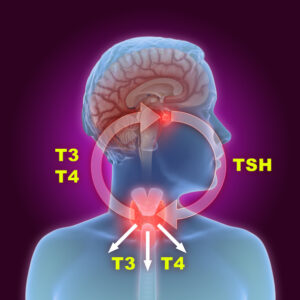ECLAMPSIA
Definition :
“Pre-eclampsia when complicated with grand mal seizures (generalized tonic – clonic convulsion) and coma is called eclampsia “
The term eclampsia is derived from a Greek word , meaning “like a flash of lightening ”
Eclampsia occurs in patient with pre-eclampsia.
INCIDENCE :
- Eclampsia occurs in the 10% of all pregnancy.
- India accounts 20% of world maternal mortality rate , next to haemorrhage
- More common in primigravida 75%
- Eclampsia is 3rd leading cause of maternal mortality after thrombo-embolism and non obstetrical injury
- Eclampsia result in death in advance or uncontrollable stage
Causes of convulsion :the causes of cerebral irritation leading to convulsion is not cleared. The irritation may be provoked by….
- Anoxia
- Cerebral edema may contribute to irritation
- Cerebral dysrhythmia
- Excessive release of excitatory neurotransmitters ( glutamate )
- loss of cerebrovascular autoregulation with forced dilatation and vasospasm
Onset of Fits : Fits occur more commonly in the third trimester (50%)
- Antepartum (50% ): fits occur before the onset of labor
- Intrapartum (30%) : fits occur for the first time during labor
- Postpartum (20%) : fits occur for the first time in puerperium , usually within 48-72 hour of delivery. Fits occurring beyond 48 hour but less than 4 week after delivery is accepted as late postpartum eclampsia
CLINICAL FEATURES OF ECLAMPSIA :
Premonitory stage :
- The patient becomes unconscious
- There is switching of the muscle of the face , tongue and limbs
- Eyeballs roll or are turned to one side and become fixed
- This stage is lasts for about 30 sec
Tonic stage :
- The whole body goes into a tonic spasm the trunk – opisthotonus , limbs are flexed and hands clenched
- Respiration ceases and the tongue protrudes between the teeth
- Cyanosis appears
- Eyeball become fixed
- This stage is last for 30 sec
Clonic stage :
- All the voluntary muscle undergoes alternate contraction and relaxation
- The twitching starts in the face then involves one side of extremities and ultimately the whole body involved in the convulsion
- Biting of tongue occur
- Breathing is stertorous and blood stained frothy secretions fill the mouth
- Cyanosis is gradually disappears
- This stage is lasts for 1-4 minutes.
Stage of comma :
- Following the fit , the patient passes on to the stage of comma
- It may last for a brief period or in other deep coma persists till another convulsion
Complication of eclampsia :
- Injuries
- pulmonary edema
- pneumonia
- acute LVF
- Cerebral hemorrhage
- Renal failure
- Pulmonary embolism
- Hyperpyrexia
- Hepatic necrosis
- Postpartum shock
- puerperal sepsis
- Disturbed vision
- Psychosis
MANAGEMENT :
First aid treatment outside the hospital :
- The patient ,either at home or in the peripheral health centers should be shifted urgently to the tertiary referral care hospital.
- there is no place of continuing the treatment in such a place
- Transport of eclamptic patient to tertiary care centre is important
- such patient need neonatal and obstetric intensive care management
IMPORTANT STEP IN TRANSPORT OF PATIENT :
- All maternal records and a detailed summary should be sent with the patient
- BP should be stabilize and convulsion should be arrested
- Magnesium sulphate is given (4 gm iv loading dose with 10 gm IM ) is given
- Diuretic is given if there is pulmonary edema
- One medical person or trained midwife should accompany the patient in ambulance equipped to prevent injury , recurrent fits and to clear air passage
Medical measure of eclampsia IMMEDIATE measure :
- Call for extra help (communication )
- Control of seizures : MgSO4 (IV/IM regiment )
- To put patient in left lateral recumbent position
- Maintained oral airway
- O2 inhalation – non breath mask
- Commence IV line , 1 or 2 wide bore canula
- Foleys catheter with urometer
- To monitor O2 saturation
- To monitors vitals ,fetal status and magnesium toxicity
- Control hypertension
- Fluids ; crystalloid or collides
- Suction : oropharyngeal
General measure ( MEDICAL AND NURSING MANAGEMENT ) :
- Supportive care
- Detailed history should be taken
- Examination once the patient is stabilized
- Monitoring : once the patient is stabilize
- Fluid balance
- Antibiotics



